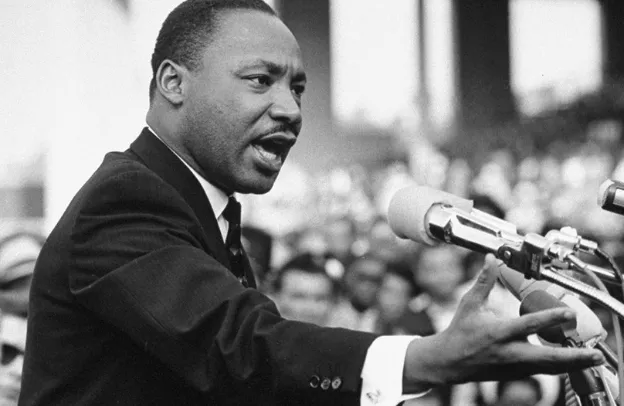How Storytelling Preserves Culture and Identity in Esanland: Embracing Oral Traditions and Memory Techniques

How do we retrace our roots remember and how do does storytelling keeps culture alive? In the heart of Esanland, as the sun dipped low and the air filled with the scent of evening fires, something sacred would begin. Children, barefoot and bright-eyed, would gather around their elders, drawn by the rhythm of ancient voices. These weren’t just any stories; they were living memories, laced with lessons, identity, and pride. Under the moonlit sky, tales of brave warriors, cunning animals, and wise elders were more than entertainment, they were maps to who we are.
Learn How to Leverage Your Story through our Story To Asset Framework.
Today, even as our children swipe through tablets and tap on keyboards, this age-old tradition remains a powerful force. At its core is memory, not the simple act of remembering facts, but a profound way of preserving culture and shaping destiny.
Memory as a Living Tradition
In many places, memory is about test scores or trivia. But in African communities, like those in Esanland, memory lives in our bones. It is carried through songs, proverbs, and stories that echo through generations. When a child hears how the tortoise tricked the animals and paid the price, they aren’t just amused; they are absorbing values, consequences, wisdom, and humility.
This kind of memory doesn’t fade with time. It grows. It shapes the way we see the world and our place in it. It becomes what we call living knowledge.
When speaking of living memory, the Esan mark stands as a powerful reminder. It is more than a physical symbol; it is a story passed through generations, etched onto the skin to preserve identity, honor heritage, and connect us to our roots.
See also Memory as Heritage: How to Protect the Esan Identity Through Education
The Esan people, known for their deep traditions, created the mark as a response to historical trials. It became a cultural shield, protecting memory, reinforcing lineage, and declaring, “This is who we are.”
Given in infancy by trained elders and cultural custodians, the mark involves small incisions rubbed with charcoal and herbs. It’s a sacred act, not one of shame or sickness, but one of pride and continuity. Though not every family continues the practice today, its meaning endures.
This is the essence of the Story to Asset Framework, owning even the marks we carry, and using them to connect, remember, and move from roots to relevance.
As the Esan say, “A child who knows the footsteps of the ancestors walks with confidence and in a different kind of light.”
Memory Builds Identity and Community
To know where you come from is to know where you are going. In African traditions, memory connects us to our ancestors. The Esan people, like many across the continent, rely on oral histories to pass down family lines, honor local heroes, and maintain cultural practices. These stories are anchors, reminding children that they belong.
When a child knows the tale of their great-grandmother who stood firm during a village dispute or hears the proverb “A river that forgets its source will dry up,” they walk taller. They learn Ubuntu: I am because we are. They see that their life touches others, and that community is not just important, it is essential.
Old Tools with Timeless Power
In our fast-paced, digital world, it is tempting to think that old methods are outdated. But the truth is, traditional African memory techniques remain some of the most effective tools we have.
- Storytelling: A well-told story activates the imagination, stirs emotion, and cements memory. This is why in Esanland, storytelling was never casual. It was intentional, rhythmic, and rich with meaning.
- Repetition and Rhythm: Whether it’s a song, a chant, or a drumming pattern, rhythm helps the brain retain information. Children learn best when lessons are musical, repetitive, and playful.
- Proverbs: Proverbs turn life’s biggest lessons into bite-sized truths. The Igbo say, “He who does not know where the rain began to beat him cannot say where he dried his body.” These nuggets of wisdom are not just remembered; they become part of how we think and speak.
- Naming Ceremonies and Oral Genealogies: In some African communities, children are taught their lineage through song and ceremony. They grow up not just knowing their names, but understanding their roles and responsibilities.
Education that Reflects Our Roots
More and more educators are rediscovering the value of culture-based learning. Across Africa, schools are integrating traditional memory methods to great effect.
In Kenya, the “Teaching with Culture” initiative uses local stories to explain academic concepts. Children learn about physics through folktales about flight and balance. In Nigeria, oral history circles are reviving the joy of storytelling, allowing children to become both keepers and tellers of their heritage.
These approaches make education relatable. Children see their culture reflected in what they learn, which builds both knowledge and pride.
Memory is Empowerment
For African children growing up in cities or the diaspora, memory becomes a bridge back home. It is how they remember who they are when surrounded by a different culture. It guards against identity loss and strengthens their sense of self.
Neuroscientific research supports what our ancestors already knew: storytelling and deep reading foster empathy, critical thinking, and resilience. As Maryanne Wolf notes in “Reader, Come Home,” the act of reading meaningful stories lights up the brain in profound ways.
In other words, memory—when nurtured through storytelling and culture—makes us not just smarter, but more human.
Bringing It Home: Practical Steps
Parents, teachers, and community leaders can all play a role in reviving memory traditions:
- Invite elders to share stories at school assemblies or family gatherings.
- Encourage children to draw or retell what they heard in their own words.
- Teach local songs, dances, and proverbs, and explain the meanings behind them.
- Create games using African themes to make memory fun and interactive.
- Celebrate cultural festivals with storytelling, food, and music.
These are not just fun activities; they are tools for building the mind and spirit.
Conclusion: Our Roots Remember
Memory is not just what we carry in our heads, but what we hold in our hearts. It is the heartbeat of culture, the song of identity, and the whisper of ancestors. From the stories under moonlight in Esanland to the digital classrooms of today, memory continues to be our guide.
Let us remember, as the Yoruba say, “The child who does not listen to the voice of the elders will grow up broken.” So let us tell our stories, sing our songs, and keep our cultures alive.
To dive deeper into how memory and storytelling can become a business asset, explore the “Story to Asset Framework,” our signature program to help you own your story and use it to stand out in our ever-busy world.
And for more voices from across the diaspora, tune in to The Obehi Podcast on YouTube and streaming platforms. Let us journey together, from roots to relevance, one story at a time.






